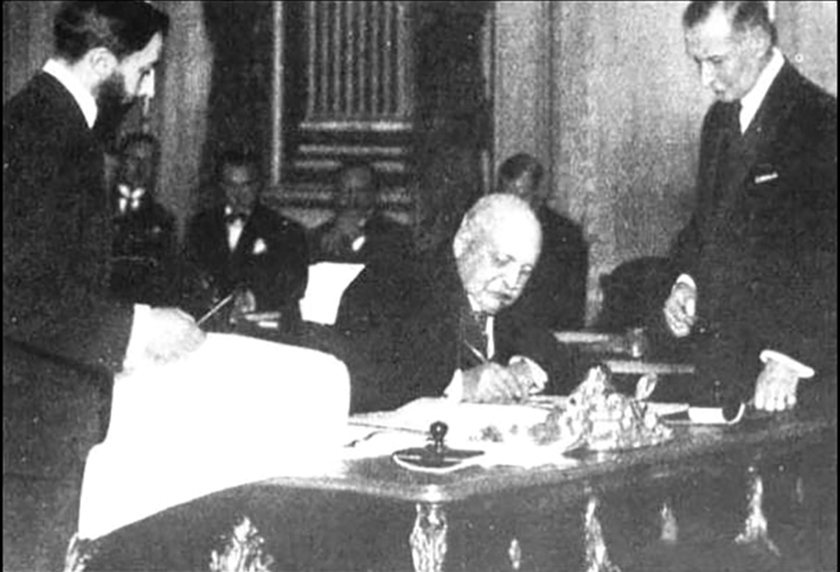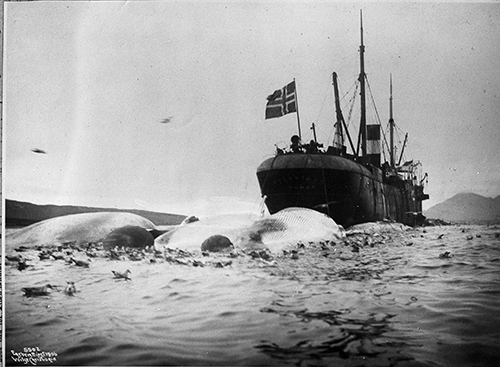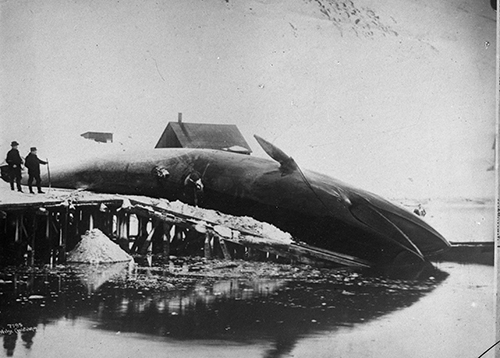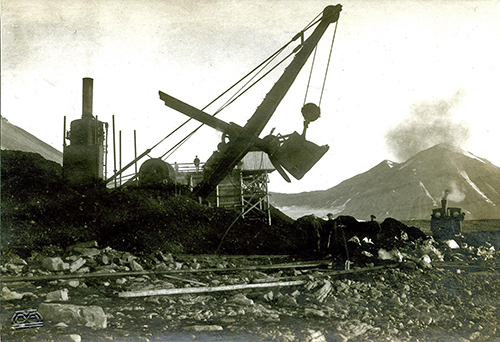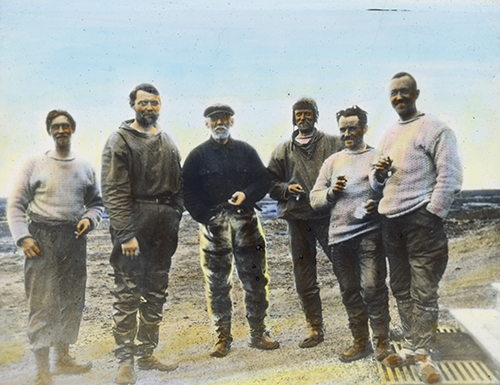One proposal was that Norway should be able to govern the archipelago on behalf of the international community. This proposal was dropped. Instead, the Commission, impressed by how Norway had handled its neutrality during World War I, made the unanimous decision to recognize full Norwegian sovereignty over Svalbard, under certain conditions.
The Svalbard Treaty was signed on 9th February 1920 by Norway, the USA, Denmark, France, Italy, Japan, the Netherlands, Great Britain, and Sweden. Since then, a succession of other countries have signed the treaty, which today numbers 48 parties. The treaty was ratified by the Storting on 24th July 1924, and entered into force on 14th August 1925. After the Svalbard Act was adopted by the Storting on 17th July 1925, Svalbard became an indivisible and inalienable part of the Kingdom of Norway.
The aim and contents of the Svalbard Treaty
The Svalbard Treaty consists of 10 articles and an annex with three sections. Article 1 gives Norway sovereignty over Svalbard, Bear Island, and the surrounding waters. Articles 2 and 3 oblige Norway to ensure that citizens and companies from countries that are party to the treaty enjoy equal rights. This means that it is prohibited to discriminate against individuals on the basis of their citizenship, or companies on the basis of their national affiliation. These provisions apply in the areas of hunting and fishing; access to the archipelago; the exercise of certain commercial activities; and ownership rights, including mining rights.
Norway also basically retains full authority, by virtue of its sovereignty, in the field of defence and the military. However, Article 9 of the Svalbard Treaty imposes restrictions on establishing – or allowing others to establish – naval bases, constructing fortifications, or using Svalbard for military purposes. These restrictions, especially the last of the three, should be viewed in the light of the treaty’s so-called preamble. Here, the parties declare that by acknowledging Norwegian sovereignty, they wish to safeguard Svalbard’s development and peaceful utilization through fair governance.

